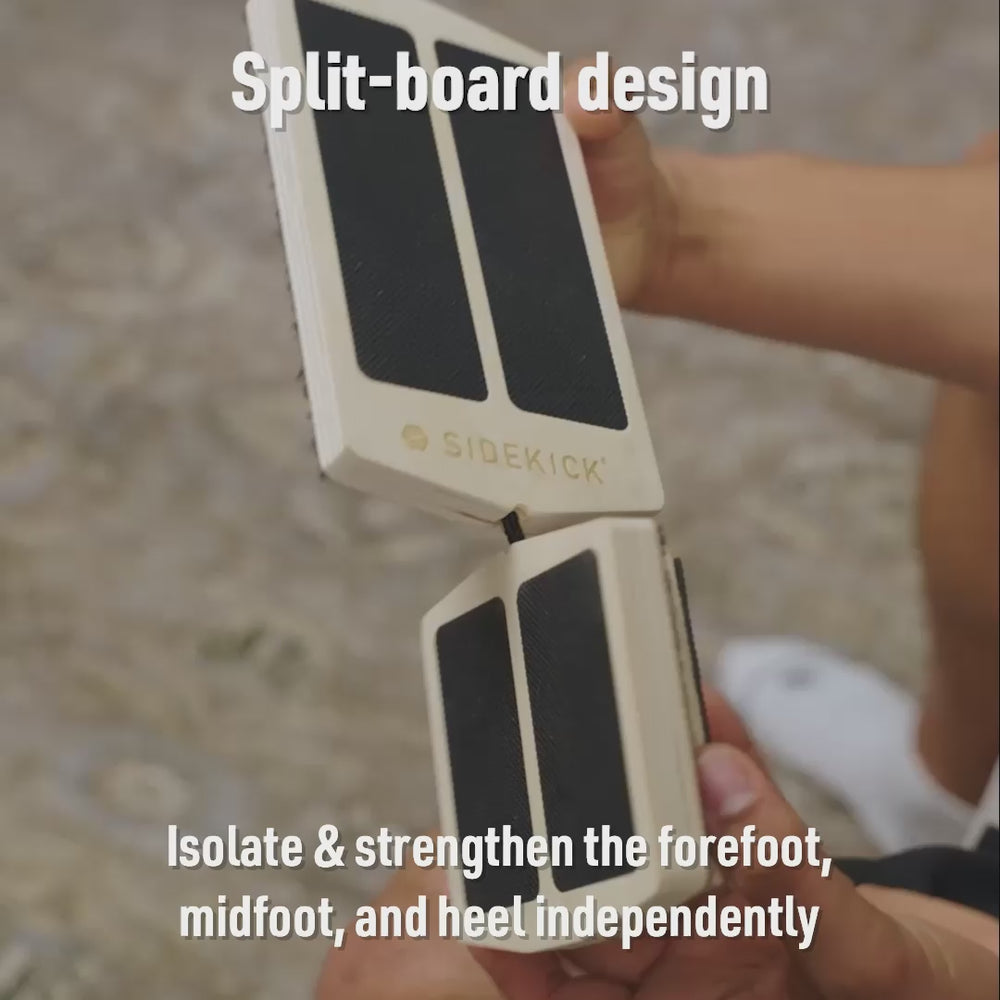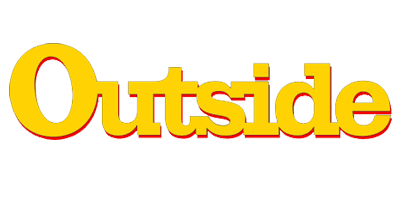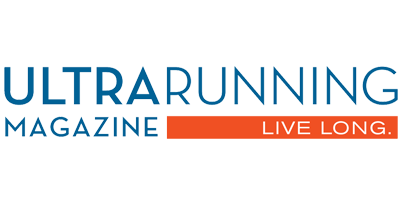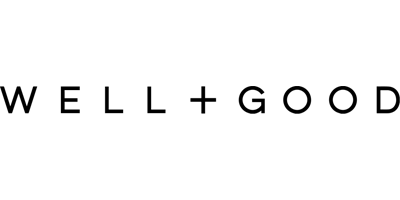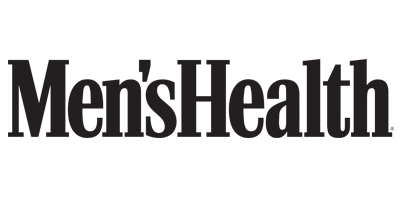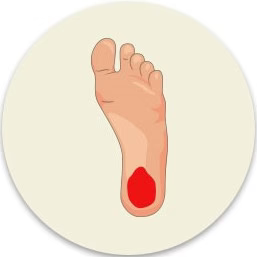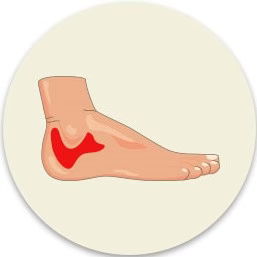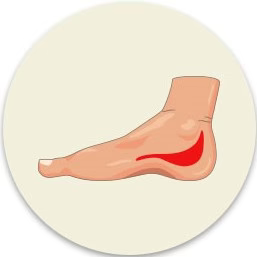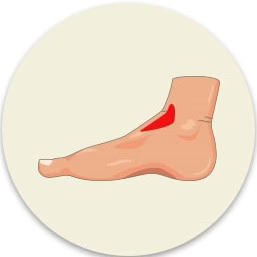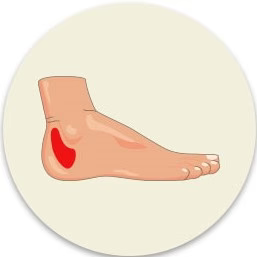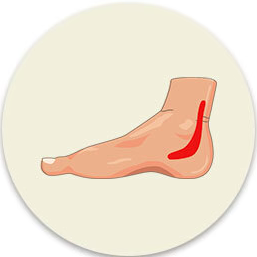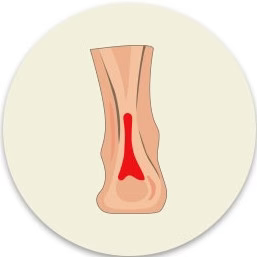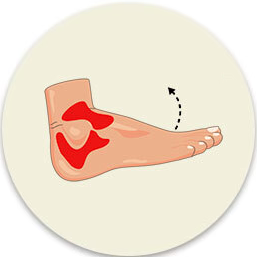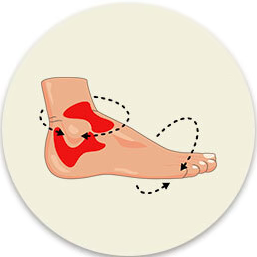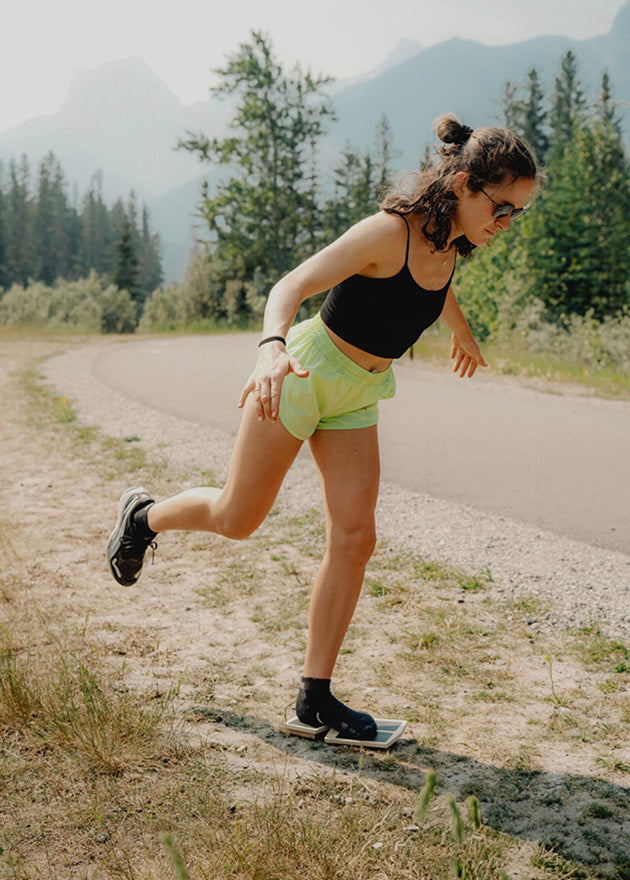More than just a balance board
 546 Verified Reviews
546 Verified Reviews
AxisBoard Rehab & Training System
HSA/FSA APPROVED

HSA/FSA APPROVED
This health product qualifies for coverage under your Health Spending Account (HSA) or Flexible Spending Account (FSA) as it is a medically related expense that supports your overall well-being.
HSAs and FSAs are designed to reimburse health and wellness expenses, including products that aid in managing specific health conditions or improving general health.
- At checkout, you can use your HSA or FSA card details to complete payment.
- Alternatively, you can submit a claim for this item, along with your emailed proof of purchase, and receive reimbursement according to the guidelines of your HSA or FSA plan.

Toe Spreaders - 1 Pair
Why you’ll love it
- Strengthens feet and ankles in just 3 minutes a day
- Improves ankle & foot mobility
- Speeds up healing and reduces the risk of future injury
- Designed for easy home use, trusted by physical therapists
- Includes strength & mobility routines for 10+ foot and ankle injuries with over 30 exercises
- Free access to the Sidekick app with guided 10-day AxisBoard programs for foot and ankle injuries
- Comes with a 120-page instruction booklet to help you get the most out of your AxisBoard
Results

noticed increased foot & ankle strength after using the AxisBoard

noticed better ankle & foot mobility after using the AxisBoard
How it helps

What it helps with

Loved by over 250K+ customers

Reviews (546)

Get expert guidance with every AxisBoard
Get expert guidance with every AxisBoard
Your AxisBoard comes with a PT-approved 120-page instruction booklet and the Sidekick App, which includes 10-day AxisBoard programs for the most common foot and ankle injuries.
Each plan takes you step-by-step through strength and mobility work to relieve pain, improve mobility, and speed up healing - whether it’s foot pain, Achilles pain, or general ankle stiffness.
- 120-page instruction booklet
- Free access to the Sidekick app with guided 10-day injury programs
- 30+ video demos of strength + mobility exercises
- Injury-specific routines backed by clinical insight

Unlike traditional 2-footed balance boards, the low-height and single-leg design of the AxisBoard forces the engagement of the intrinsic foot and ankle muscles.
 Focuses on foot & ankle
Focuses on foot & ankle
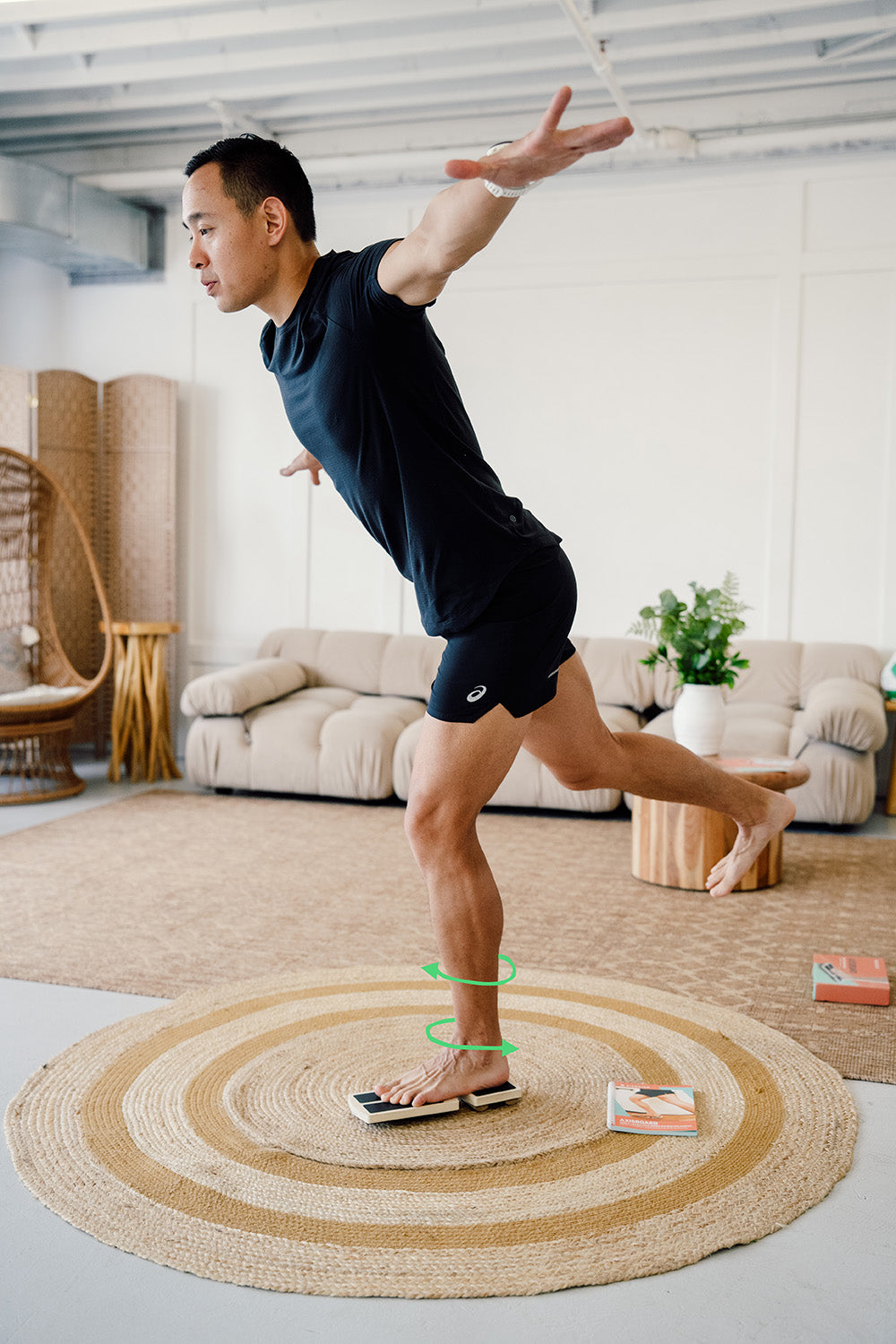

Targeted foot and ankle engagement

Strengthens the foot and ankle muscles

Works in 3 minutes a day

Portable and Convenient

30+ movement variations for 10+ injuries

Safe, low height with minimal fall risk

PT guidance through the app + booklet
Our single-leg board offers more targeted rehabilitation for foot and ankle injuries, ensuring quicker recovery compared to a traditional balance board that utilizes larger muscle groups.
Traditional 2-footed balance boards unavoidably puts the focus on the knees and hips during use. The foot and ankle muscles aren’t activated to the same degree.
 Focuses on knees and hips
Focuses on knees and hips
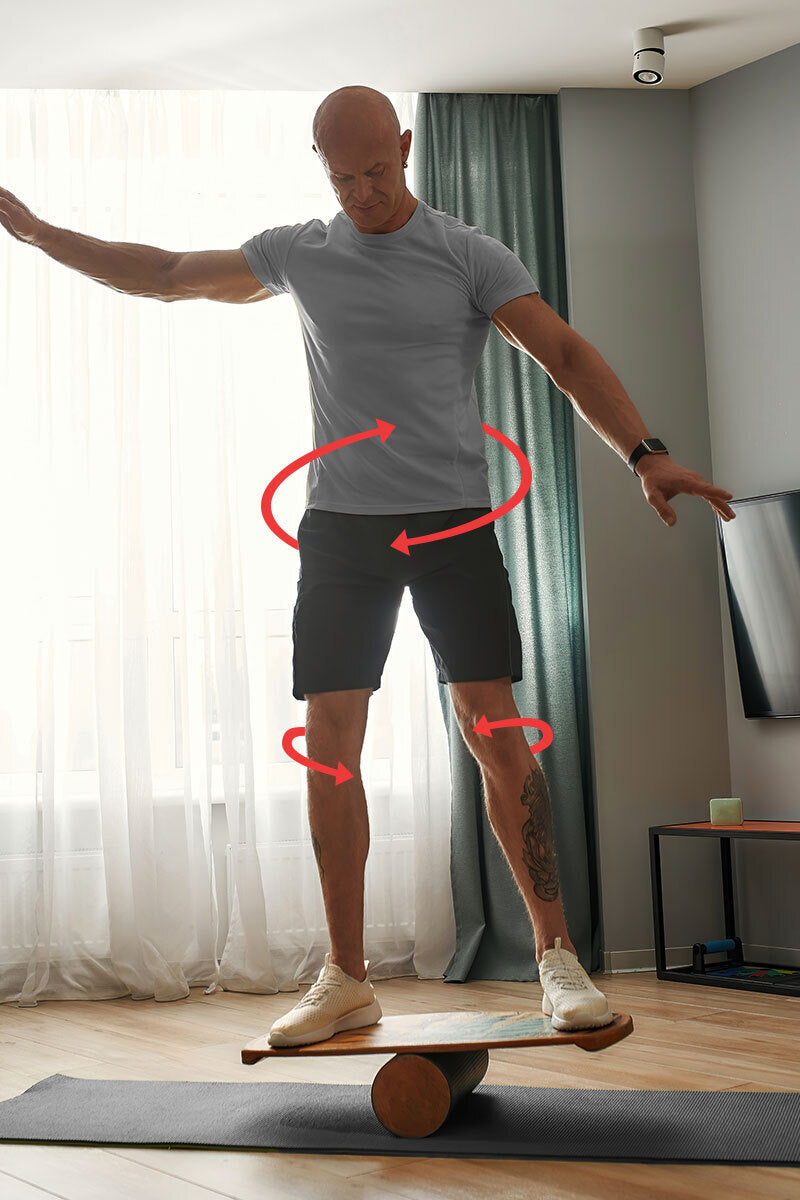

Emphasizes knees and hips

Targets the hips and knees

Requires at least 10 minutes

Large, awkward and hard to store

1 configuration

Unbalanced, high height can lead to falls

No guidance or instructions
The generic balance board places more focus on the hips and knees instead of the foot and ankle. The high height with difficult balance also brings a steep learning curve and introduces a fall-risk for users.
Unlike traditional 2-footed balance boards, the low-height and single-leg design of the AxisBoard forces the engagement of the intrinsic foot and ankle muscles.
 Focuses on foot & ankle
Focuses on foot & ankle


Targeted foot and ankle engagement

Strengthens the foot and ankle muscles

Works in 3 minutes a day

Portable and Convenient

30+ movement variations for 10+ injuries

Safe, low height with minimal fall risk

PT guidance through the app + booklet
Our single-leg board offers more targeted rehabilitation for foot and ankle injuries, ensuring quicker recovery compared to a traditional balance board that utilizes larger muscle groups.

Traditional 2-footed balance boards unavoidably puts the focus on the knees and hips during use. The foot and ankle muscles aren’t activated to the same degree.
 Focuses on knees and hips
Focuses on knees and hips


Emphasizes knees and hips

Targets the hips and knees

Requires at least 10 minutes

Large, awkward and hard to store

1 configuration

Unbalanced, high height can lead to falls

No guidance or instructions
The generic balance board places more focus on the hips and knees instead of the foot and ankle. The high height with difficult balance also brings a steep learning curve and introduces a fall-risk for users.
How to use

Step 1
Download the Sidekick app: Free access comes with every AxisBoard purchase.

Step 2
Use the app to locate your specific injury:
- Find your injury.
- Learn more about your injury.
- Start your program by following the guided steps.

Step 3
Track your progress: Mark each exercise and session as you complete them.























